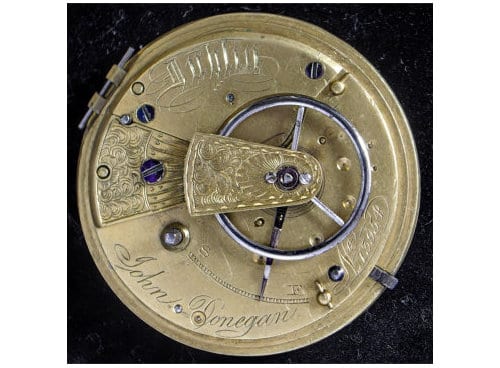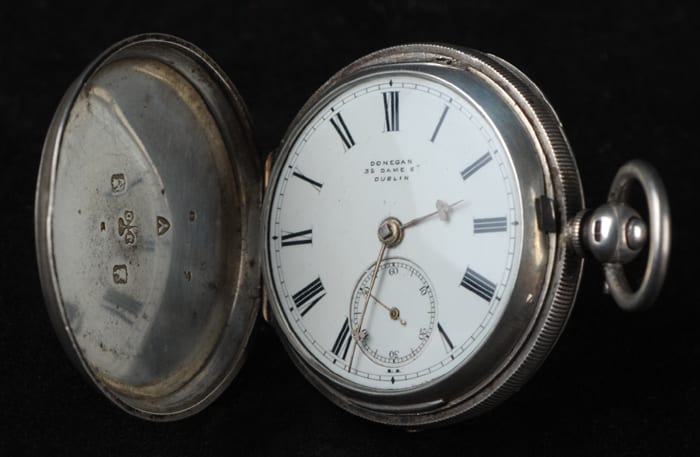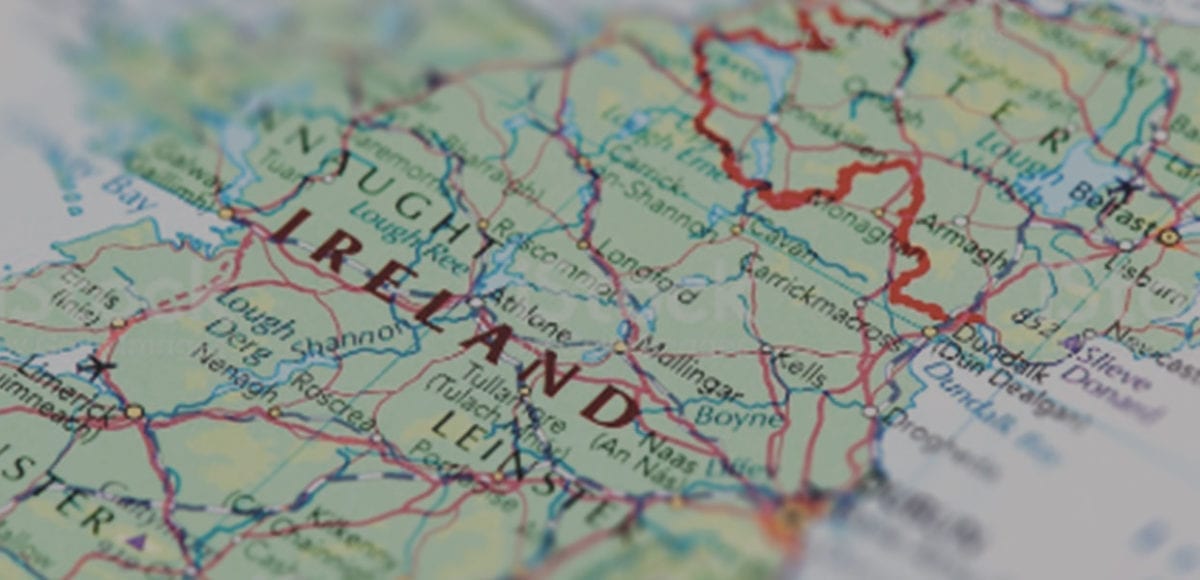When you ponder watchmaking’s storied history, you might immediately think of Switzerland, the mecca of modern watchmaking. You may remember great watchmaking nations, like England or Germany. Perhaps you reflect back on America’s rich watchmaking heritage. Ireland might not be the first country that pops up on your horological radar. Sure, the modest island has only played a modest role in horology’s history as a whole. But in honor of St. Patrick’s Day, we wanted to take a look at the impact of the Irish on watchmaking as we know it today.

Ireland’s horological history dates back to the seventeenth century. The industry really took off toward the end of the 1600s following some military and political flux. In 1690, King William III of England defeated King James II at the Battle of Boyne. Around that time, a man named Joseph Booth who fought for King William III accepted land in Ireland as compensation for his service. Booth went on to become one of Ireland’s master clockmakers, and he wasn’t alone. Immigrants came from other nations like France, Austria, and Scotland. They not only brought their horological knowledge but also other skills like engraving, gold work, and carving.
The Eighteenth Century
By the eighteen century, the country was a hub for clockmakers. Artisans continued to emigrate from surrounding countries, like Germany and the Netherlands. They came in search of a better life and place to practice their crafts. In addition to functional elements, their clocks continued to incorporate ornate elements like woodwork. They used a number of techniques on both walnut and mahogany. By the mid-century, two particular styles had become increasingly popular: the Irish Chippendale and the bracket or table clock. In addition to intricate designs, these clocks began to advance technically. Clockmakers started to hone elements like the striking mechanism, escapement, and chapter ring. Today, these clocks are rare and can be valued at nearly $100,000.

The Nineteenth Century
In the nineteenth century, styles continued to evolve. More elaborate finishes, such as painting and engraving, replaced brass dials. They were not only brighter and more visually interesting but also more practical and easy to read. Most importantly, they were actually less costly to produce. This was one of the first transitions in horology. It opened up once exclusive objects, like clocks, to members of society beyond the elite. Wall clocks and regulators also became more prevalent during this time. They often appeared in public places and government buildings, like courthouses, schools, or train stations. Here, accurate timekeeping was important. However, there were still plenty of specialty clocks for the members of high society. One example is the Irish sedan chair clock. Sedan chairs were a means of transportation for the upper class. Craftsmen designed certain clocks to hang inside the chair, serving as the original “car” clock.
Pocket watches were also a part of Ireland’s horological heritage in the eighteenth and nineteenth centuries. Two of the primary watchmakers in the country were the Donegan brothers, John and Patrick. In addition to signing their watches with their respective names, they used the Donegan seal. It featured a shamrock with J and D on the left and right petals respectively. John’s other signature was his use of trefoil hands.

A Donegan Pocket Watch
The twentieth century was a period of transition for Ireland as a whole. Conflict surrounded the creation of Northern Ireland, and as a result, a number of records were destroyed. The country’s 1901 census showed 690 watchmakers and 36 clockmakers in the city of Dublin alone. However, into the 1920s, the details of Ireland’s evolving horological heritage become more elusive. Still, we can start to see trends in the market began to shift. There was a decline of clockmakers and rise in the number of watchmakers.
Modern Day
Today, you may only find several dozen clockmakers continuing to create in Ireland, but watchmakers remain more prevalent. Forbes called the past decade Ireland’s watchmaking revolution. For example, another brother duo, the McGonigles, has their own namesake line of timepieces. Both hail from years working in the Swiss watch industry. There, they gained the knowledge and know-how to begin developing their own designs and in-house movements. Many of their watches are bespoke pieces, crafted for collectors looking for custom, independent designs. In addition to their own watches, they continue to do contract work for other companies.
Ireland certainly has a more unique and unconventional horological heritage compared to other nations. Still, as we prepare to embrace our Irish pride this St. Patrick’s Day, it’s nice to reflect on the country’s watchmaking roots.
Get More Articles Like This in Your Inbox
We're constantly creating great content like this. So, why not get it delivered directly to your inbox? By subscribing you agree to our Privacy Policy but you can unsubscribe at any time.






